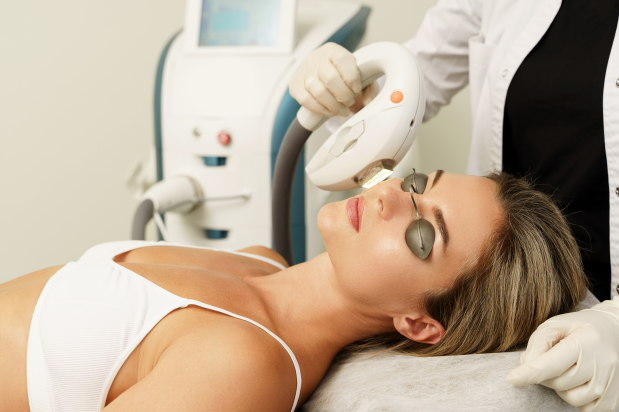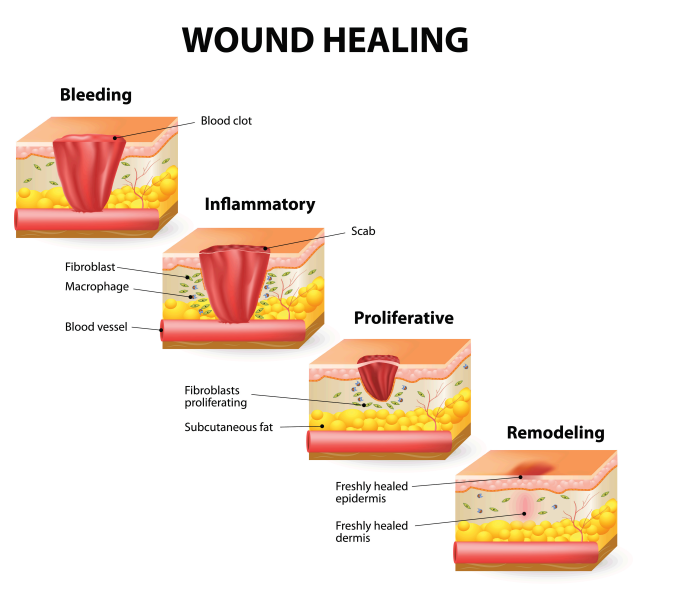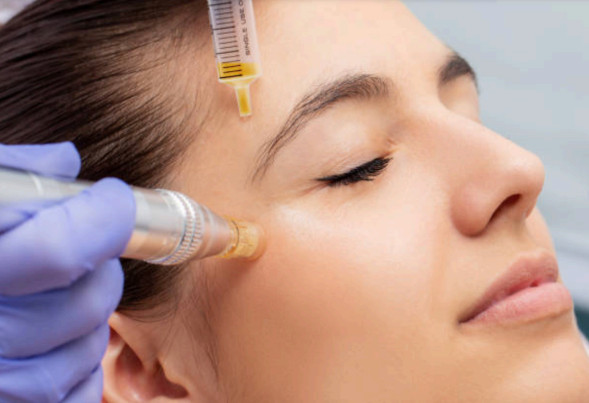
Is Microneedle Worth The Hype?
Jennifer Miller / August 08, 2022
Should it be part of your skincare regimen?
So you’ve done your regular skincare which includes retinoid, vitamin C, and sunscreen. Yet, here you are still looking for solutions to improve fine lines and wrinkles, hyperpigmentation, saggy skin, or scars. And perhaps, you’ve been getting your monthly facials or peels for years, and improvements have reached a plateau. Hence, you are ready to up your skincare game. Well you’ve come to the right place! Read on to see what the microneedle hype is all about. So you can decide whether you should incorporate this in your regime.
HISTORY
Let us take a peek into microneedle’s beginnings to better appreciate it. Having been around for decades, microneedle has evolved quite a bit. It is impossible to say when the first ever microneedle was performed. However, it goes back centuries ago with acupuncture, an old Chinese practice. In 1905, a German dermatologist named Ernst Kromayer utilized an abrasion device to treat birthmarks, hyperpigmentation, and acne scars. In 1996, a Canadian plastic surgeon named Andre Camirand used tattoo needles to repetitively puncture skin to perforate scars to release tension. In the process of doing so, he discovered that this significantly improved facial scars and skin texture. This process proved to be tedious, consequently disappeared in the operating rooms. Then that same year, it was a plastic surgeon from Cape Town in South Africa named Des Fernandes who pioneered the skin needling technique. He created a small needle stamp which he used in his surgical practice to induce percutaneous collagen production. This device is used to “stamp” the skin multiple times to create micro-channels to activate wound healing cascade as well as allow penetration of topical solutions.
The needle stamp was then followed by the development of the dermal roller. Professor Horst Liebl, a German inventor, designed a drum shaped device integrated with nearly 200 microneedles. This design enabled treating larger skin areas in lesser time. Liebl called his invention Dermaroller which
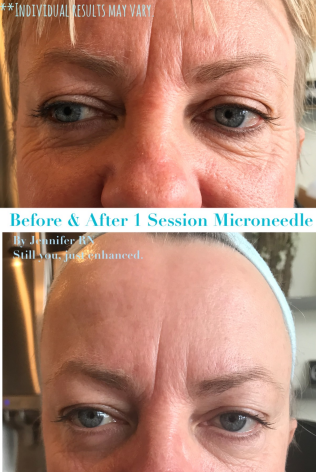
he patented and trademarked in 2000. This roller, as the name suggests, is rolled over skin creating micropunctures in a more efficient way as compared to the needle stamp. Further advancement in microneedle technology continued with the invention of automated microneedling devices. These electronic devices in the shape of a pen allow thousands more of micropunctures by single-use fine sterile needle tips, equipped with functionalities to control speed and needle depth to treat various areas of face.
Faster speeds reduce discomfort, thus creating more micro channels in less time without the pain associated with handheld manual devices. In addition to this, automated devices enable the operator the capability to adjust needle length. Essentially, the whole face can be treated with various needle depths using the same needle tip in one session. Whew! As you can see, microneedle has indeed come a long way. The tool itself has transformed from stamp to dermal roller, and now to electronic pen device. There are many electronic microneedle devices on the market nowadays. Corded devices boasts consistent power, while cordless types offer portability. And why exactly is there so much hype about this? Let’s explore further.
WHAT IS MICRONEEDLING?
Microneedling is a minimally invasive cosmetic procedure that involves repeatedly puncturing the skin with sterile tiny surgical needles. The idea is to create controlled micro punctures to activate the body’s natural wound healing cascade which in turn promote skin regeneration. It is relatively safe, cost-effective, with minimal downtime. The entire in office procedure takes less than an hour long including topical numbing period.
HOW DOES MICRONEEDLING WORK?
Cosmetic Needling uses needles with depth of up to 0.3 mm to painlessly penetrate epidermis, stimulating keratinocytes to release epidermal growth factors (EGF). Here, cellular turnover is increased, and topical solutions are absorbed by up to 80% compared to 7% absorption by topicals without cosmetic needling. Thus, nutrients are delivered effectively to cells optimizing cellular function. It is within this range of needling that trained estheticians can perform in accordance with their scope of practice.
Medical Needling uses needles with depth of 0.5 mm to 3 mm to penetrate epidermis and dermis. The idea is essentially to make a controlled skin injury which then triggers the body’s natural wound healing response without damaging the epidermis. This repair mode triggers the release of growth factors and cytokines, eventually leading to production of collagen and elastin. Needling is not just about creating micro-wounds to trigger wound healing cascade, but also to deliver ingredients to the depths of where fibroblasts occur. These fibroblast cells play a key role in keeping skin youthful. It is therefore beneficial to use the right ingredients during microneedling. These ingredients include but not limited to Vitamins A, C, PRP or PRF. This range of needling is used by trained aesthetic nurses, PAs, NPs, and doctors.
WHAT ARE THE BENEFITS
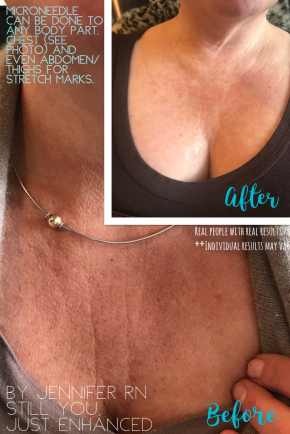
• Fine lines and wrinkles
• Thin skin
• Skin texture
• Pore size
• Hyperpigmentation
• Rosacea
• Premature Aging
• Scars
• Lax skin
• UV damage
• Stretch marks
• Hair restoration
Downtime
Microneedling has minimal downtime and does not require time off work.
Day 1-3 redness, tightness, swelling which feel like a bad sunburn.
Day 3-5 peeling and skin dryness. Follow post-care regimen to help with comfort and optimize results.
Cost
Price per treatment will vary depending on city location, type of microneedling., training and expertise of the provider. Cities like San
Francisco and New York will typically have higher pricing. Cosmetic
Needling, which is performed by estheticians per state laws, will range from
$250-$350 per session. Medical Needling is deeper and require topical
numbing. In most states, this type of needling can only be performed by a
nurse, doctor, NP and PA, cost range from $500-$700 per session. Packaging
a series of sessions will be more cost effective.
REFERENCES
Camirand, A., Doucet, J. Needle Dermabrasion . Aesth. Plast. Surg. 21 , 48 –51 (1997).
Bahuguna Amit MD, Asian Journal of Medical Science, Volume-4 (2013) http://nepjol.info/index.php/AJMS
Lance Setterfield MD The Concise Guide to Dermal Needling - Expanded Medical Edition (2013)
